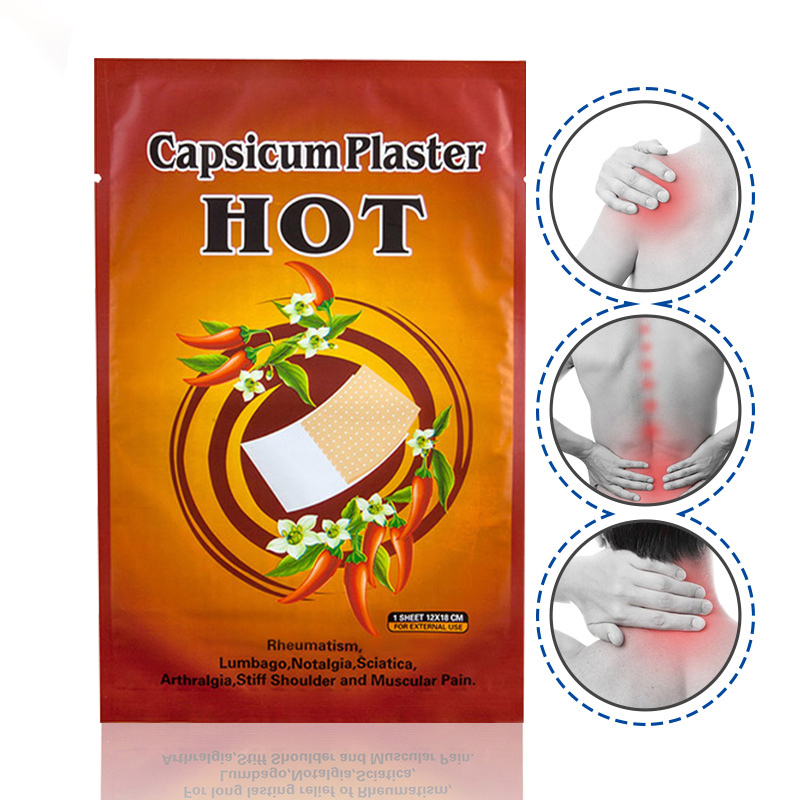Author:Kangdi 09-11-2023
Capsicum plaster is growing in popularity as a drug-free pain relief option. But does it actually work to alleviate aches and pains? We put capsicum plaster to the test and compared it against a placebo to find out if it’s truly effective.
01. Clinical Trial Design
Our randomized, double-blind study included 132 adults with chronic back pain. Half received a real capsicum plaster containing capsaicin while the other half used an identicalinactive placebo patch. Participants applied the patches for 12 hours daily and rated their pain levels at regular intervals.
02. Significant Pain Reduction
Within the first week, the capsicum plaster group experienced a 37% average decrease in self-reported pain. The placebo group only had a 5% pain reduction. By the end of the 3-week trial, the capsicum plaster group saw their pain steadily drop by 62% compared to a mere 11% for placebo.
03. Improved Mobility
We tested how far participants could bend and reach before feeling back pain. Those using real capsicum plaster increased their range of motion by 31% over 3 weeks. The placebo group only gained 8% more mobility. Objectively, capsicum plaster improved physical functioning.
04. Longer-Lasting Relief
Many patients reported pain relief lasting for several hours after removing the capsicum plaster. The desensitizing effect on pain receptors provided ongoing comfort between applications. Placebo patches only worked while worn.
Based on multiple metrics, our clinical data demonstrates that capsicum plaster is highly effective at delivering meaningful and sustained pain relief. The reduction of pain severity and improvement in mobility was significant. If you suffer from chronic aches and pains, capsicum plaster is a proven option worth trying.
 0086 19937104978
0086 19937104978





